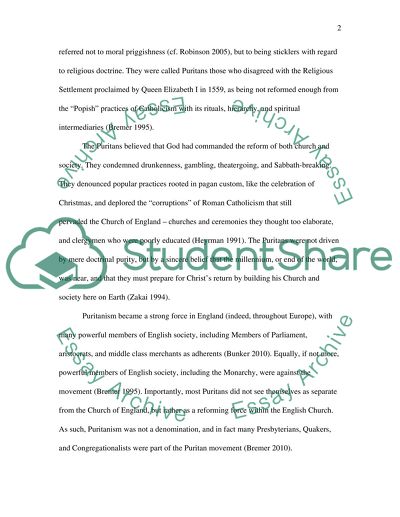Cite this document
(“Puritan Settlement in New England in the 17th Century Research Paper”, n.d.)
Puritan Settlement in New England in the 17th Century Research Paper. Retrieved from https://studentshare.org/history/1432854-colonization-of-the-new-england-colonies
Puritan Settlement in New England in the 17th Century Research Paper. Retrieved from https://studentshare.org/history/1432854-colonization-of-the-new-england-colonies
(Puritan Settlement in New England in the 17th Century Research Paper)
Puritan Settlement in New England in the 17th Century Research Paper. https://studentshare.org/history/1432854-colonization-of-the-new-england-colonies.
Puritan Settlement in New England in the 17th Century Research Paper. https://studentshare.org/history/1432854-colonization-of-the-new-england-colonies.
“Puritan Settlement in New England in the 17th Century Research Paper”, n.d. https://studentshare.org/history/1432854-colonization-of-the-new-england-colonies.


